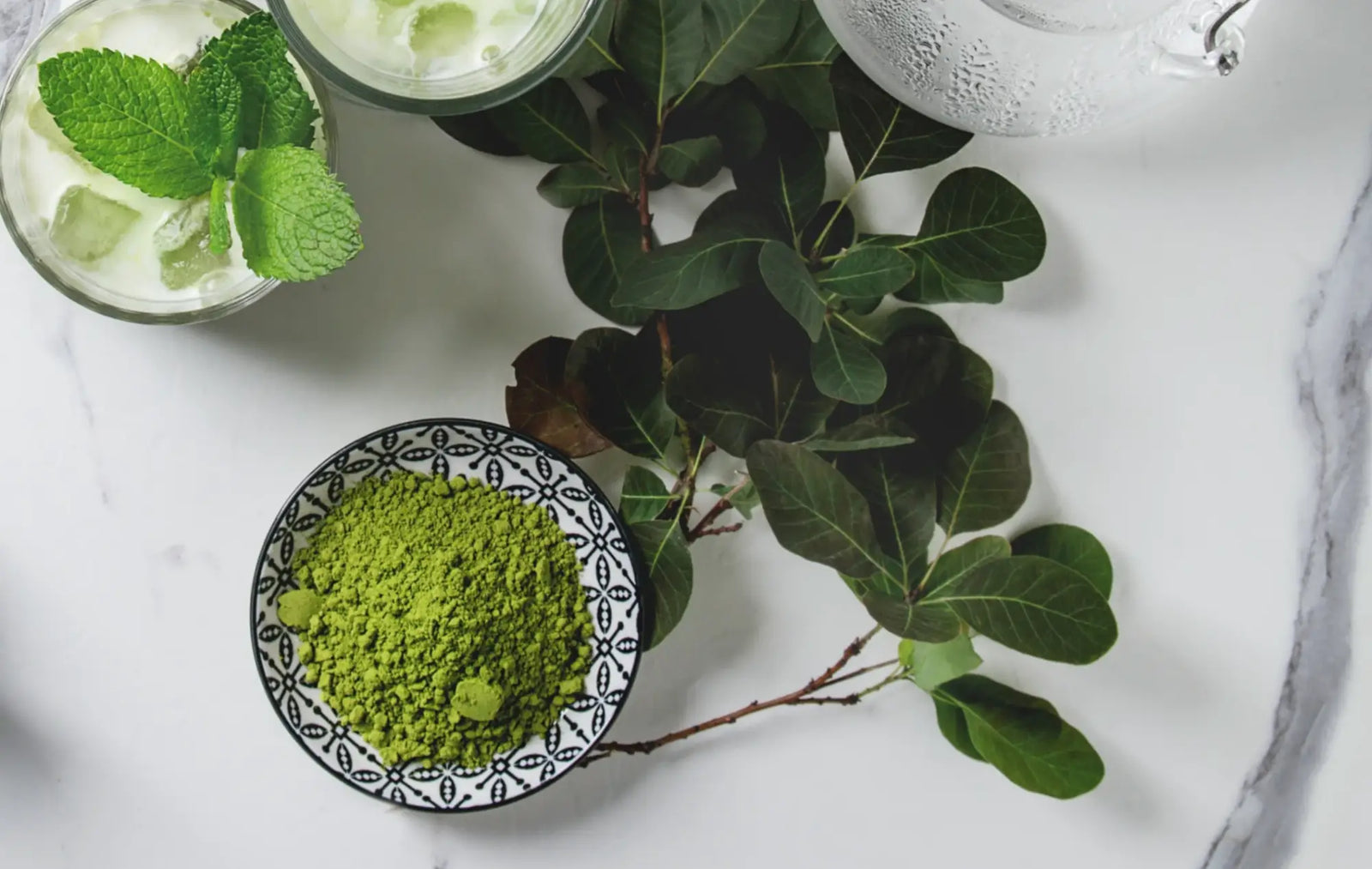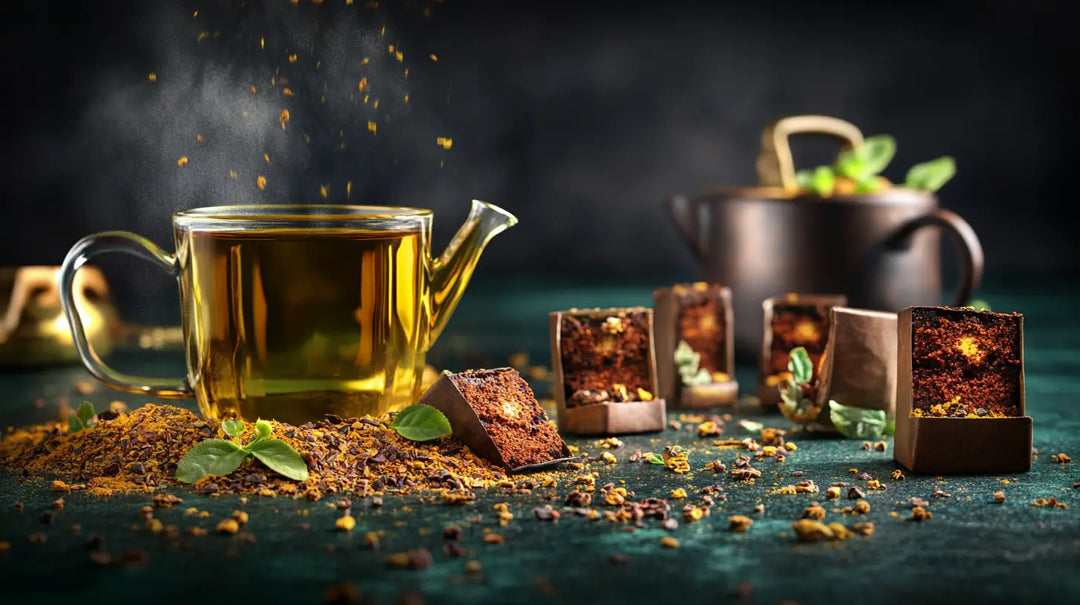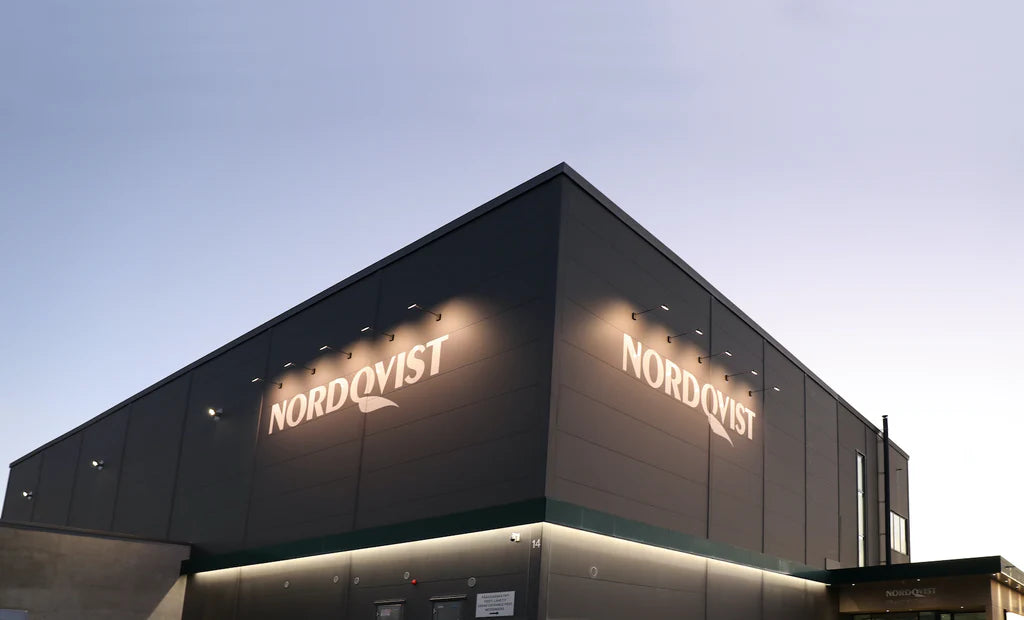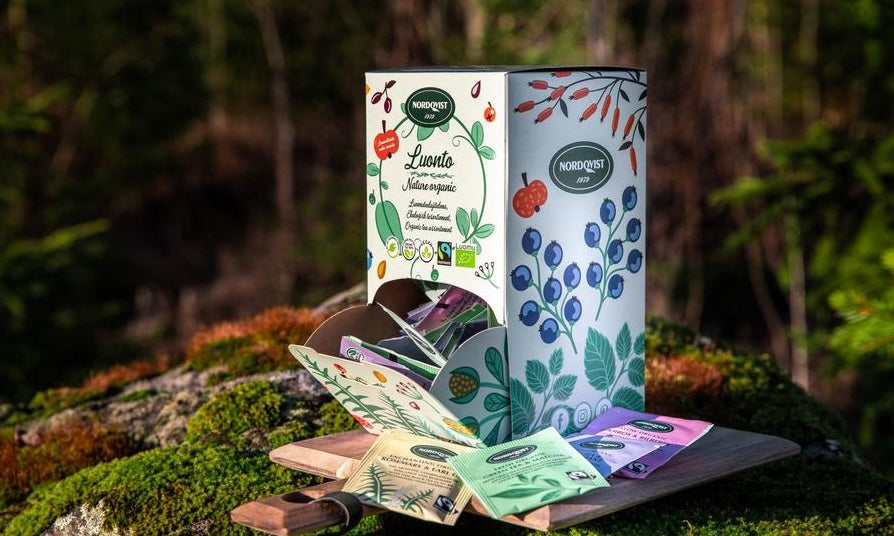What is matcha and where does it come from?

Matcha green tea is sold as a powder, but it grows from the leaves of the tea plant, like other teas. How is matcha different from other green teas? Read below to learn more about the production of matcha tea, from cultivation to canning.
Listen to our podcast on the topic of What is Matcha and to hear some interesting insights on what really makes Matcha so special.
Matcha is produced through traditional steps
Matcha green tea is made from the leaves of the tea plant, like other green teas. The tea plants are grown and their leaves are collected for extraction. The cultivation of matcha also requires special methods, which are different from those used for other teas and which have been used since the 1100s.
Matcha was first cultivated in China, from where it spread to Japan and became widespread there. Today, this green tea is also grown in Korea and enjoyed around the world.
Growing Matcha
Matcha tea plants grow to a diameter of about 1.5 metres. They grow in sunny places, but are shaded about a month before harvest. In this way, the plant is unable to make contact and will have more leaf litter than its sun-grown sisters.
In the shade, the leaves of the tea grow thin and their surface area expands. The colour also becomes bright green. At the same time, the plant accumulates amino acids and other good substances.
From tea leaves to matcha powder
The tea plant is harvested in May. At this stage, the tea leaves are called tencha. The leaves are taken to be dried and then steamed. This prevents the leaves from fermenting during the process.
After steaming, the leaves are dried again and the leaf mould and other impurities are removed. This leaves only the purest tea material from which matcha powder is made.
The dried tencha leaves are ground in the traditional way using a stone mill. The end result is a fluffy, powdery powder with a bright green colour. The finished matcha is stored tightly and protected from sunlight. This way, the matcha powder is ready to travel for the tea drinkers' pleasure.









